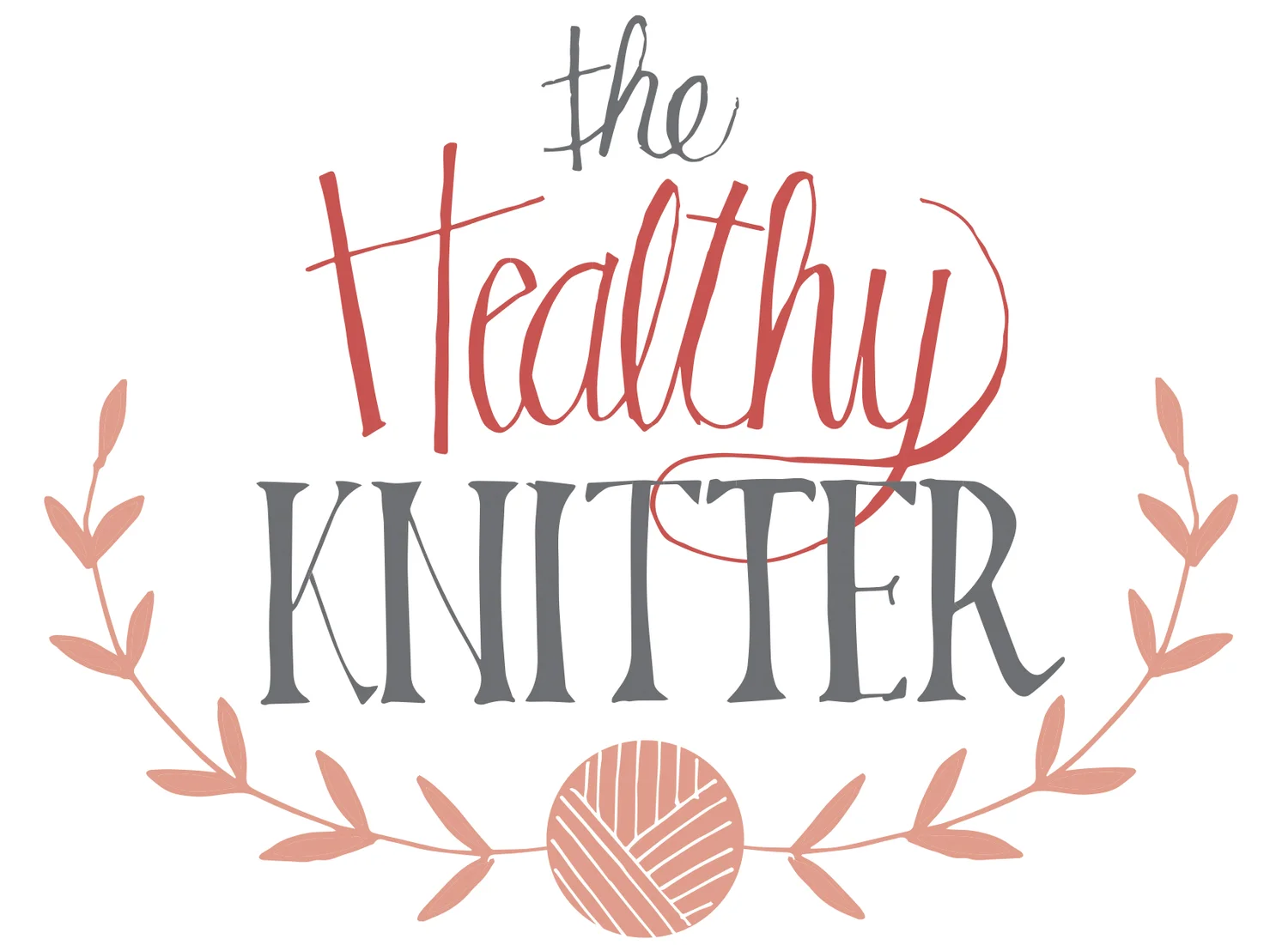“Those who love peace must learn to organize as effectively as those who love war.”
Chocolate, fondue, Heidi, the Alps, a country with three official languages, the place my father grew up, home to one of the United Nations offices...
So many items come to mind when I think of Switzerland but perhaps the most immediate response I have is "neutrality." In middle school, I recall learning that Switzerland is the only neutral country that exists. I found that fascinating but never truly understood what that meant. Oh, yes, I understand the concept of neutral but that implies there are "sides" that one isn't taking...what are those sides?
I've said many a time when pulled into a disagreement between people "I'm Switzerland." Reflecting on that statement, perhaps it was a bit of a cop-out... I didn't want to engage in someone else's dispute and instead of working to resolve the situation, I could walk away declaring my neutrality.
On my walk the other day while pondering peace, my mind settled on a point that I've heard said or someone has said to me many a time. "I can't do peace right now; peace is passive and the world needs people to be engaged, stand up for a cause, and fight."
Peace is often interpreted as being passive and neutral; the inability to take a side. Peace is thought by many to be the easy way out so that one doesn't need to engage or to create change.
Is this true? Is peace passive? Is peace easy? Is it a cop-out?
Can't we create change through peaceful actions? What about Gandhi? He created huge social change through peaceful protests.
Might I suggest that cultivating peace is active and not passive, challenging and not easy. And maybe to choose any other option to create change that is not peace would be the cop-out.
Peace is balance. I've heard (and I've said), "I need balance in my life." As if the accomplishing "balance" was a destination to be checked off a list. Has anyone ever said "I now have balance?"
A teeter-totter goes up and down and the varying degrees of height depends on how hard the riders push off against the ground. Tiny fine movements can bring the two sides into equilibrium only when the opposing ends are equally weighted and staying in that perfect moment of balance is usually for a brief moment.
Perhaps peace is like the teeter-totter...a constant state of flux with moments of harmony when one achieves that neutral space of balance. The work to get to that spot is active, challenging and time-consuming. Peace takes work.
Peace is not passive. Finding neutrality means understanding both sides of a disagreement. Peace means despite our differences we listen to one another with respect.
Peace... it's a choice.
Day 18. Peace tip.
I'm feeling a bit nostalgic as we draw closer to the end of our 21 days. In the Northern Hemisphere our days are getting shorter and darker with freezing temperatures predicted to arrive in a few days. My morning time with all of you will shift to a few moments in the peace and quiet of my home with time carved out for reflection, writing and knitting. If you've been finding stillness with Project Peace, perhaps now is a good time to think about how to continue to bring peace into your life daily as a focus. Don't wait for 12/22 to arrive and then feel a little lost.
Create an action plan, not a to-do list, but your own personal call to action plan for peace.
What are 3 specific things you can do after Project Peace to keep peace as a on-going goal and not in your rear-view mirror?

